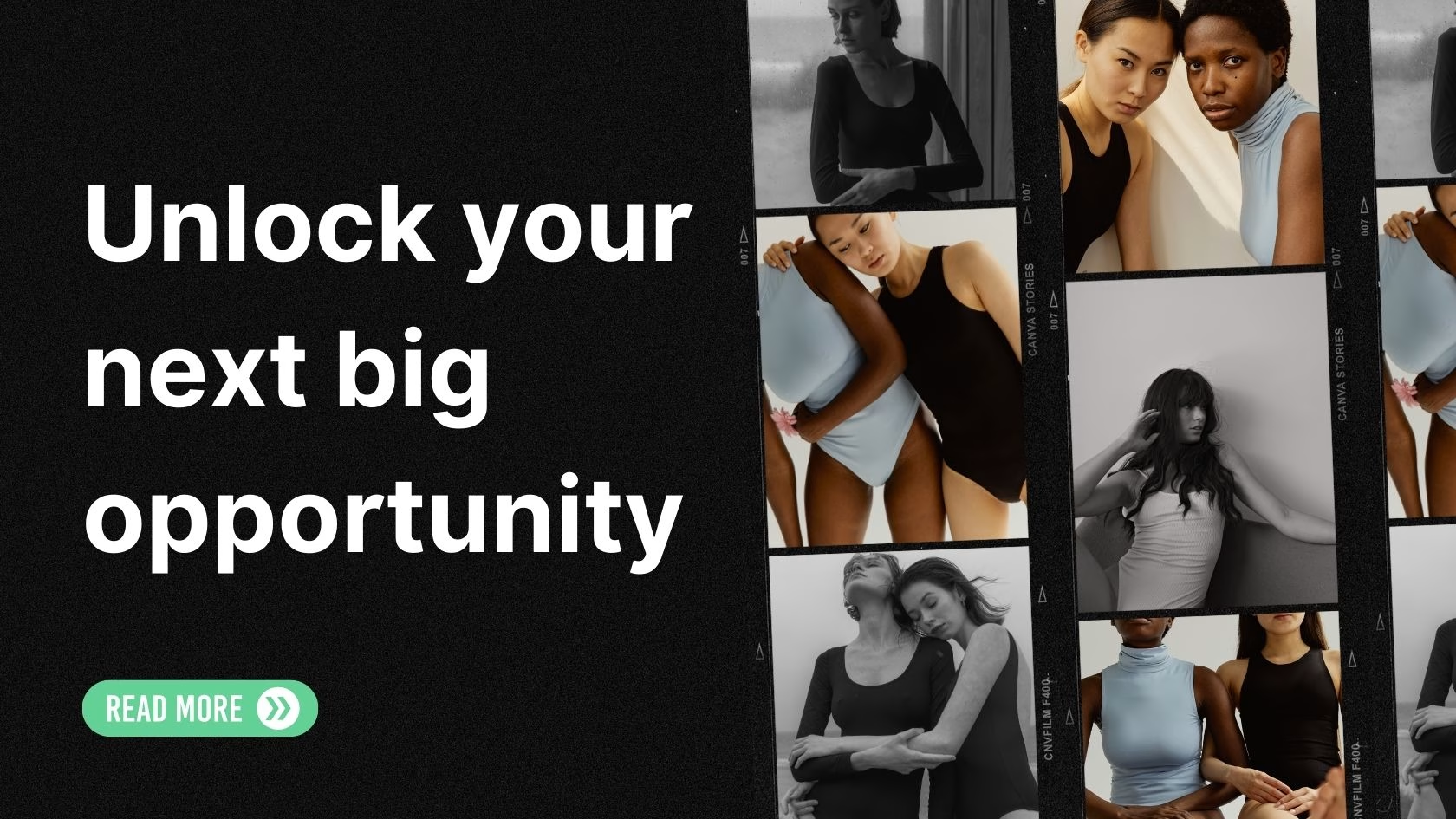Takeaways:
- YouTube’s stricter monetization policy begins July 15, 2025.
- Mass-produced, repetitive, or AI-only content will be demonetized.
- Authentic, original content with human value will be rewarded.
- Channels must meet both technical and originality standards to qualify.
- This shift prioritizes creativity and human storytelling.
YouTube Cracks Down on Low-Quality Content: What It Means for Creators
Starting July 15, 2025, YouTube is rolling out major changes to its YouTube Partner Program (YPP) that could significantly impact how creators earn money on the platform. This update is designed to combat repetitive, mass-produced, and low-value content, and instead reward originality, creativity, and authenticity.
For actors, filmmakers, vloggers, and entertainment entrepreneurs, this is both a wake-up call and an opportunity to rise above generic content and truly connect with audiences.
What’s Changing in YouTube’s Monetization Policy?
According to YouTube’s official update, the new monetization criteria target two primary types of content that will now be considered inauthentic:
1. Mass-Produced Content
- Created in bulk with little or no human touch
- Examples: AI-generated slideshows, synthetic voiceovers, zero personalization
2. Repetitive Content
- Content that recycles scripts, formats, or styles with minimal innovation
- Examples: Copy-paste reaction mashups, endless listicles with no new commentary, low-effort remixes
🛑 **If your content checks these boxes, it may be demonetized—even if it previously met technical eligibility.
What Type of Content Will No Longer Qualify?
As of July 15, the following content types will be ineligible for monetization:
- Videos using third-party material without meaningful transformation
- Auto-generated voices or subtitles without original narration
- Publishing the same format repeatedly without creative variation
- Superficial edits to old content (e.g., adding filters, cropping clips)
🚨 Repeated violations may lead to removal from the YouTube Partner Program altogether.
What Kind of Content Will Still Be Monetized?
Creators who produce original, value-driven content will still be rewarded. YouTube has made it clear: AI is allowed—but only if paired with human creativity and insight.
✅ Content that can still earn revenue includes:
- Educational videos with fresh research, tutorials, or how-tos
- Creative storytelling like sketches, short films, documentaries, and vlogs
- Content with your own voice and editing style—not just AI narration
- Unique analysis or critical commentary layered over existing footage
🎬 For entertainment pros, this means behind-the-scenes vlogs, audition tips, or film breakdowns with a personal twist remain strong monetization bets.
Why Is YouTube Making These Changes Now?
The explosion of AI-generated videos has flooded the platform with low-quality, faceless content that’s engineered for ad revenue rather than engagement. YouTube wants to preserve viewer trust and support creators who actually invest in their craft.
📊 According to Statista’s 2025 report, over 9.5 million videos were removed in Q4 2024 alone, many flagged for automated or repetitive content.
YouTube’s new policy aims to clean up the ecosystem, protect audiences, and empower creators who bring fresh, human perspectives to the platform.
How Does YouTube Monetization Work in 2025?
To become eligible for the YouTube Partner Program (YPP), creators must:
- Have 1,000+ subscribers
- Reach 4,000 public watch hours in the past 12 months or 10M valid Shorts views in 90 days
- Publish original, non-repetitive content that follows YPP guidelines
📌 Once these are met, YouTube conducts a manual review of your content to ensure compliance with its authenticity rules. Starting July 15, this review process will become more stringent and selective.
What Happens If Your Channel Is Rejected?
If your content is labeled:
- Repetitive
- Mass-produced
- Heavily automated without original input
…You may be denied access to the YouTube Partner Program—or even removed if you’re already enrolled.
💡 Pro tip: Creators should audit their current catalog, revise old uploads, and double down on original storytelling moving forward.
How Much Does YouTube Pay Per 1,000 Views?
On average, Cost Per Mille (CPM) varies between $0.50 to $10 USD, depending on audience demographics, niche, and ad demand. However, creators typically earn less after YouTube takes its share, calculated as Revenue Per Mille (RPM).
👉 Channels previously banking on low-effort, high-volume formats may see a drastic income drop once the new policy takes effect.
Final Thoughts: Adapt or Fall Behind
This policy shift reinforces a crucial truth for entertainment creators: YouTube now favors storytelling over shortcuts.
If you’re an actor sharing your casting journey, a filmmaker producing indie shorts, or a creator offering value-packed tutorials—your content is in a better position than ever to shine.
Embrace originality. Be authentic. Own your voice.



[…] Conversely, creators delivering original, human-driven, valuable content—like tutorials, in-depth analysis, vlogs, storytelling—should see little or no impact. […]